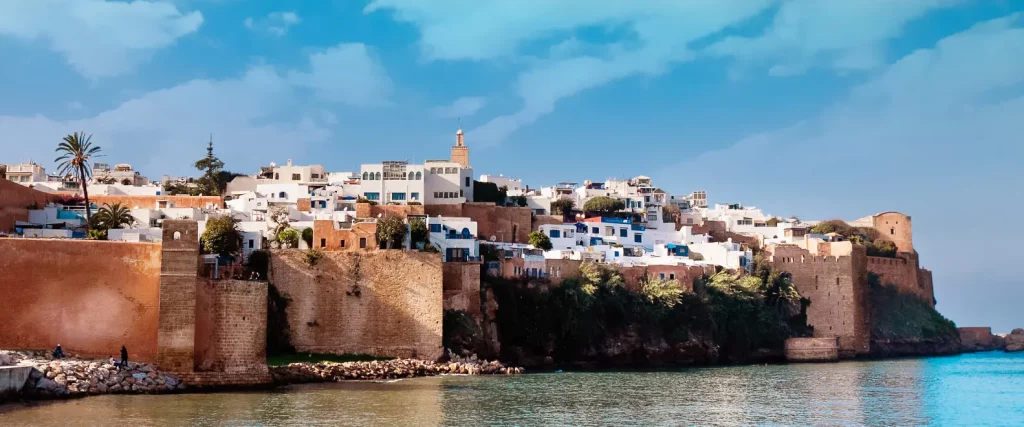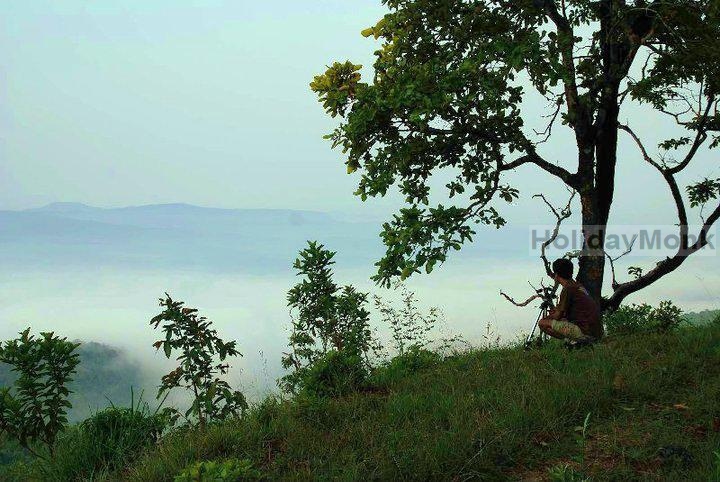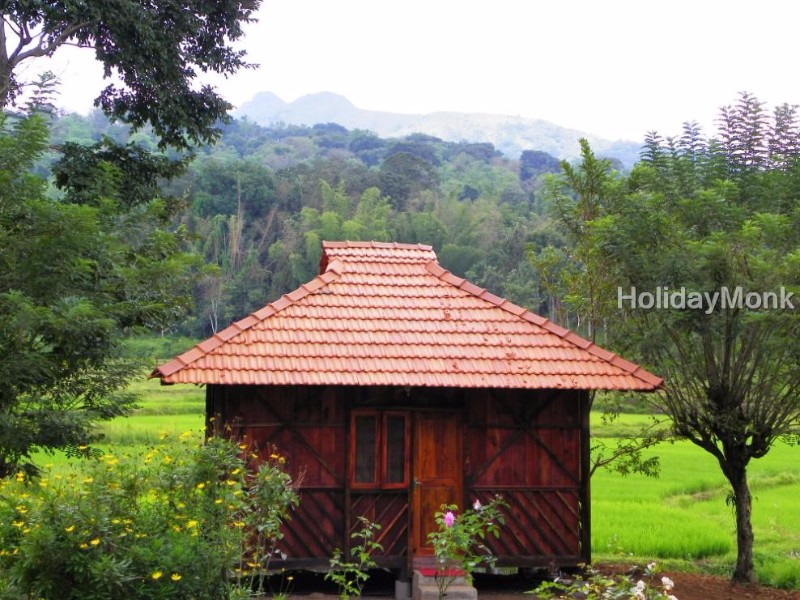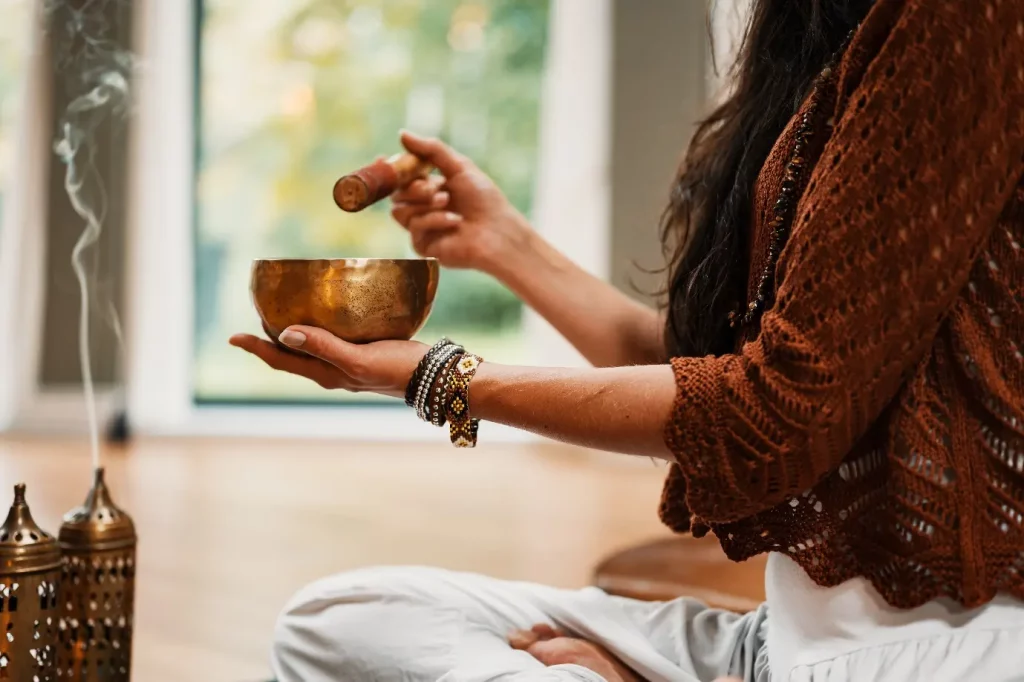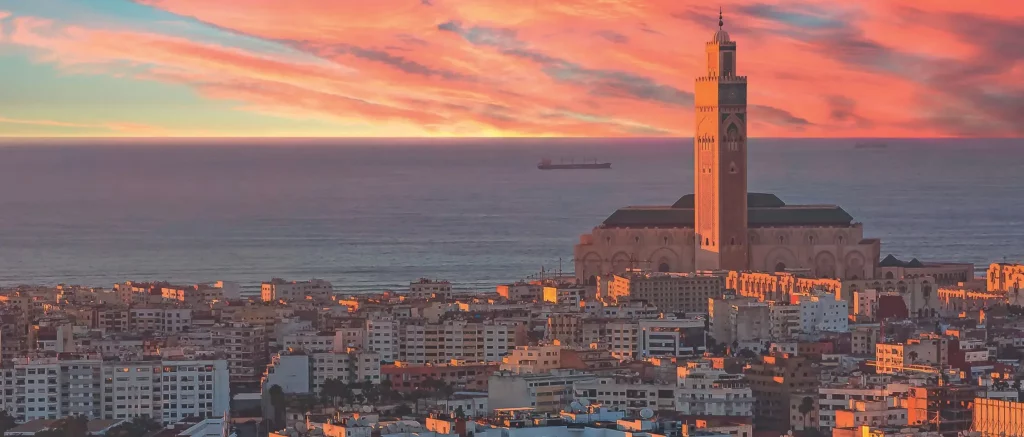Morocco is like no other, a destination where you can immerse yourself truly in a wonder of cultural activities. From wandering the Medinas, browsing the souks and exploring the rich historic buildings, to tasting traditional cuisine, visiting stunning gardens or listening to live music. There really is so much to inspire when visiting the Kingdom of Light.
Whether it be taking in the palatial architecture, bustling Kasbahs or famous art splendours, cultural experiences are diverse and made more special with the local’s warm welcome. A short-haul flight for a long-haul destination, with its warm hospitality and stunning landscapes, Morocco is a must-visit destination for anyone interested in immersing themselves in the beauty and culture of North Africa.
History and Heritage
From Roman ruins, Amazigh stone and earth architecture to Islamic edifices, Morocco’s unique blend of Amazigh (Berber), Arab, African and European influences create a colourful and diverse cultural background that is sure to enchant visitors.
Inhabited for more than 300,000 years (Homo sapiens of lower paleolithic), Morocco has been witness to some of the greatest civilisations in history- including the Phoenicians, the Romans, the Vandals, the Byzantines, the Amazighs, and the Arabs – leaving behind spectacular architectural creations and a diverse cultural heritage. Its rich pre-Islamic history can be seen in many UNESCO World Heritage protected sites throughout the country, from the ancient city of Volubilis, which is believed to have been the capital of the legendary Kingdom of Mauretania (and more precisely the western province of Mauretania Tingitana), to the city of Lixus, home to some of the most well-known Hercules myths.
The Amazighs, who are indigenous to North Africa, have been living in Morocco for thousands of years. They have their own language, which is called Tamazight, and a rich cultural heritage that includes music, dance and storytelling that are all still celebrated today.
In the seventh century, Morocco became an important centre of learning and culture, when the Idrisid, Almoravid and Almohad dynasties built impressive mosques and other buildings, many of which still stand today.
As one of the most important centres of trade, thanks to its strategic location on the Atlantic coast, Morocco established itself as the entrance to Africa and its ports were visited by traders from all over the world.
In the first half of the 20th century, Moroccan history has undergone many changes, having been under France and Spain protectorate. This period had a profound impact on its economy, politics, culture and society, and many aspects of this legacy can still be seen in modern-day Morocco. The country gained its independence in 1956, and it has since become a stable and prosperous nation. Today, Morocco is known for its rich cultural heritage, its stunning architecture and its warm hospitality.
Rich Cultural Asset of Morocco
Historical Architecture
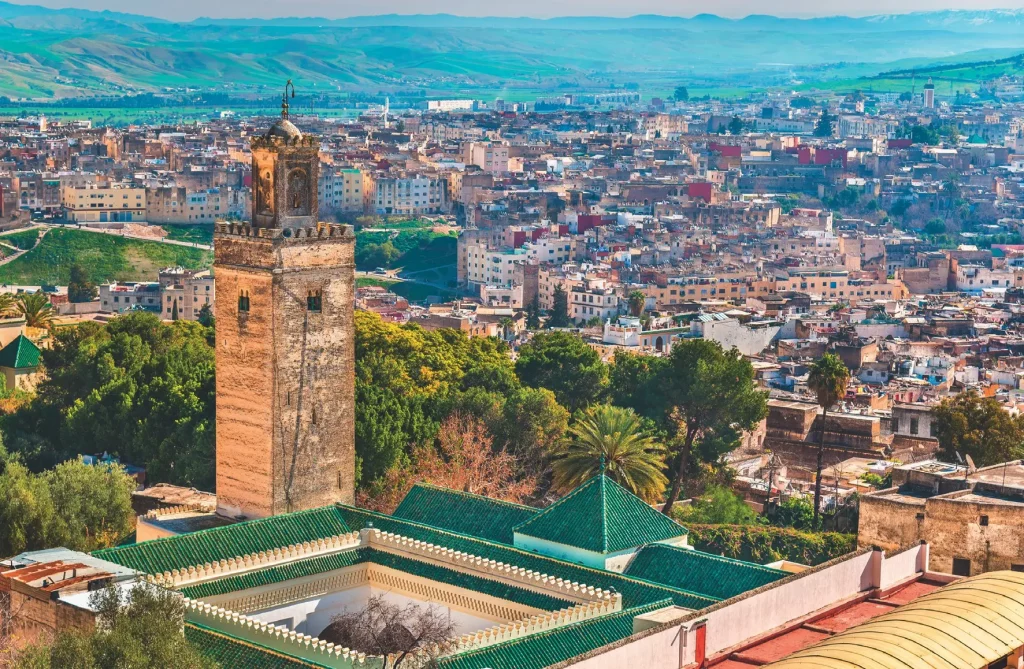
It is not surprising that Morocco is renowned for its breath-taking architecture and interwoven history and legends. From its cities lavished with fortified walls, medinas, monuments and minarets, Morocco never fails to enthral travellers with its achingly photogenic street life and complex layers of history. Sites like The Hassan Tower, a minaret part of a non-completed medieval mosque constructed at the end of the 12th century (an Almohad project aiming to construct the biggest mosque at that time with twin mosques of Giralda, Sevilla and Koutoubia, Marrakech), located in Rabat high up on a hill offers stunning views overlooking the Bou Regreg River. This site includes nowadays the Hassan newly constructed mosque and Mohammed V Mausoleum, which contain the remains of two late Moroccan kings and siblings. The country’s architectural history goes further back to the ancient Roman period with the archaeological site of the city of Volubilis in North Meknes. Located in the middle of an agricultural plain, its remains are so well preserved the site offers a remarkable window into Morocco’s rich cultural past. Founded in the third century BCE, Volubilis became an important outpost of the Roman Empire and was graced with many fine buildings. It later briefly became the capital of Idris I, founder of the Idrisid dynasty, who is buried at nearby Moulay Idris Zerhoun town. Guides conduct one-hour tours in English, French and Arabic. Because Volubilis has been unoccupied for nearly a thousand years, it presents as one of the richest sites of this period in North Africa.
Another site that is an incredible presentation of Morocco’s historical authenticity is the city of Fez. It is one of the best-preserved medieval cities in the world and is UNESCO World Heritage site. Its narrow streets and alleys are lined with traditional houses, mosques, and historic landmarks such as the Bou Inania Madrasa, the Al-Attarine Madrasa and University of al-Qarawiyyin, considered as the oldest continually operating higher education institution in the world by UNESCO.
Of course, it’s impossible to mention Morocco’s architectural heritage without mentioning the grand mosques and palaces from its melting pot of dynasties. The Hassan II Mosque in Casablanca is the second largest mosque in the world and a jewel of innovation or the Saadian Tombs located in the Kasbah district of Marrakesh that date back to the Saadian Dynasty of the 16th and 17th centuries.
Magnificent Medinas
The bustling streets of Morocco are steeped in its deep-rooted traditions. The magnificent medinas encapsulate the magnitude of just how deeply embedded Moroccan traditional culture is on people’s everyday life. Usually walled, the medinas invite you to explore its deepest treasures while meandering down its winding, narrow cobblestoned streets. Weave through the medina’s vibrant souks, artisan shops and markets, selling everything from spices and textiles to handmade crafts and jewellery. The disorientating tangle of the beguiling medinas are all part of its charm, let go of the predictability of everyday life and embrace getting lost in the sprawling mazes of streets.
Marrakesh is one of the most popular of Morocco’s four Imperial Cities. At its heart is the medina, the original ochre walled settlement framing the future construction of the city around it. Its ancient streets have been immaculately preserved by its car-free ethos, solely traversed by pedestrians and donkey carts the medieval medina has changed very little in the hundreds of years since its streets were first laid out. Find courtyards with emerald green-tiled fountains laced with fairy lights towered by palm trees or discover one of its hundreds of riads – centuries-old Moroccan mansions, typically with an interior courtyard and a sun-soaked rooftop terrace. These intrinsically romantic guesthouses are concealed behind ornate doors and set in the earthy walls of the medina.
Meanwhile, the souks are part of a treasure trove of shopfronts lining the jumble of passages, and golden light pierces through the thatched roof of the marketplace. The shining gem is Souk Semmarine – a market piled with pottery, fabrics, carpets, antiques and pastry shops laden with honey-slathered treats. Weave and wind through lanes lined with flawless leather and gorgeous handcrafted rugs. Stoop through the reels of richly dyed wool hanging in the dyers’ souk in shades of burnt orange, saffron yellow and poppy red. Finally trail the aromatic path towards the spice square, where the scents of amber, musk and orange blossom linger in the air. A delight for all of the senses, the medinas are the ideal site for disconnecting from the outside world and bringing you to another period, let go and dive into its magical atmosphere.
Arts and Entertainment
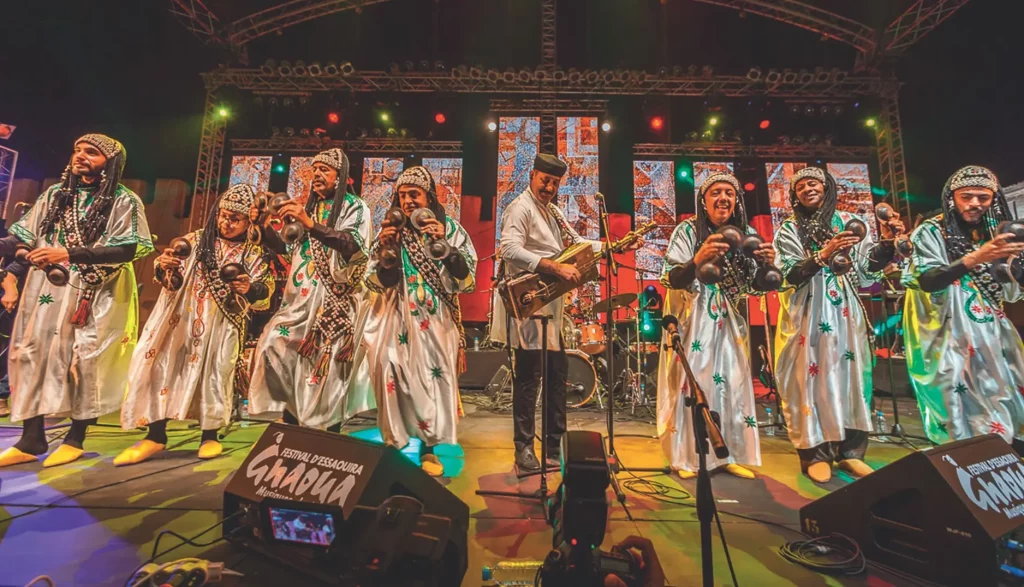
Land of culture, Morocco has a rich and diverse arts and entertainment scene that reflects its unique cultural heritage and influences on other parts of the world. Morocco is known for its vibrant music scene, which includes traditional styles such as Gnawa, Andalusian, and Amazigh music. There are many music festivals that are held throughout the year, such as the Fez Festival of World Sacred Music, visit to enjoy a week of music and dance concerts in some of the most magical venues like Bab Makina. Other festivals to enjoy are the Essaouira Gnawa and World Music Festival, and the Mawazine Festival in Rabat.
Moroccan dance is a mix of traditional and modern styles, the most well-known dance form is ahwash (north and south of High Atlas region), but there are also many other types of dances, such as the chaabi, the ahidous, reggada and the guedra.
The historic civilization and authenticity that is the charm of Morocco does not only attract tourists but actually lures many international productions that flock to the country attracted by its diverse landscapes and the ambient lighting ideal for filming. With famous series, films and blockbusters regularly shot in Morocco, titles include Inception (2010), Gladiator (2000) – second opus is filmed in 2023, Babel (2006), The Last Temptation of Christ (1988), The Mummy (1999) and The Man Who Knew Too Much (1995). The Hollywood-famous ksar (fortified village) of Ait Ben Haddou has featured in productions such as Lawrence of Arabia and Game of Thrones (Pentos), and it’s one of Morocco’s most beguiling sights. The country also hosts several film festivals, such as the Marrakech International Film Festival and the Tetouan Mediterranean Film Festival.
In fact, Ouarzazate is the Hollywood of Morocco famous not only for its historical landmarks but also its famous film studios, Atlas & CLA Studios. Still used today as a working studio, visitors can also fall under the spell of Egyptian temples, imagine a Gladiator fight in ancient Rome or immerse yourself in a biblical city, all resurrected in the middle of the desert in this artistic district.
From the big screen to the print screen, Moroccan art is known for its intricate designs, vivid colours and use of traditional materials such as clay, wood, and leather. Although it is a country steeped in rich cultural history, new museums such as the Museum of Moroccan Art in Marrakech and the Museum of Contemporary Art in Rabat, dedicate themselves to the promotion of contemporary African craft. Through their diverse exhibitions and education programmes, the museum nurtures an understanding of contemporary art from Africa, highlighting the creative energy and cultural diversity found across the continent.
Shopping and wares
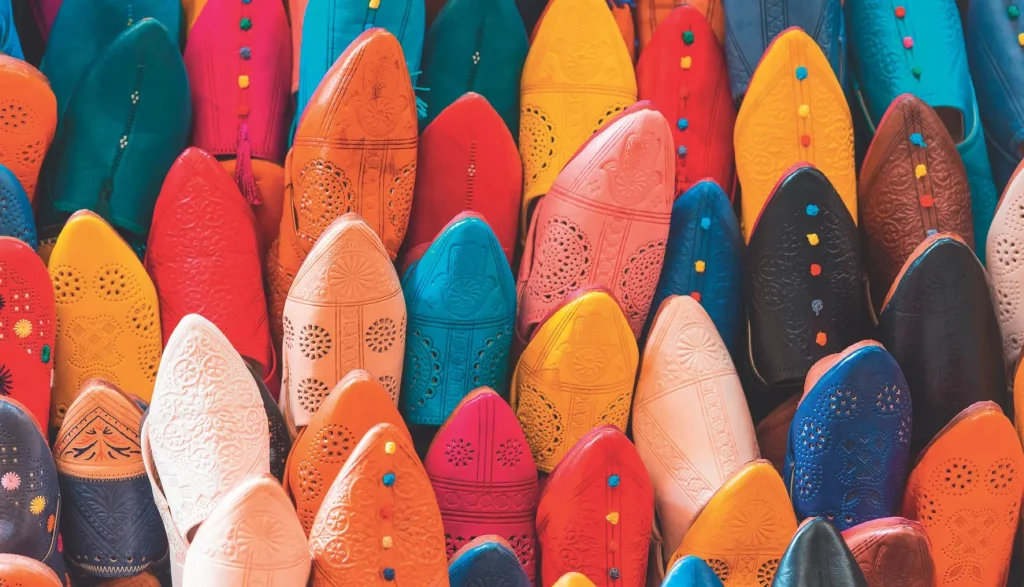
Casablanca is an unmissable destination for anyone who loves shopping with its sumptuous boutiques and shopping centres that make it the retail capital of Morocco. Downtown Casablanca’s shopping districts include the most illustrious retail chains and the leading brands in fashion, jewellery and cosmetics. Elsewhere in the city, malls provide even more opportunities to shop, The Morocco Mall, with 750,000 ft², is the biggest shopping centre in North Africa. It is home to 600 brands in a friendly setting that rivals any international shopping destination.
For more traditional wares, shop in the oasis of ochre lights in Ouarzazate, with the chance to buy a throng of typical objects such as pottery and carpets that are striking by their authenticity and cultural richness. Uncover the expertise of the craftsmen by visiting their workshops and learn how objects are made in Ouarzazate, Zagora and Tinghir and their surroundings.
Admire the jewellery and carpets made by the capable hands of the Berber, explore a rose water distillation factory in Kelaa M’Gouna or a typical pottery in the towns of Tamegroute and Zagora. If you’re curious enough to know more about the manufacture of wrought iron in Tinghir, a multitude of discoveries await you in these charming cities of southern Morocco. Visit also in Kalaat M’gouna Dagger cooperatives to discover the dagger making process, or Taznakhte to admire carpet weaving.
Tastes of Morocco
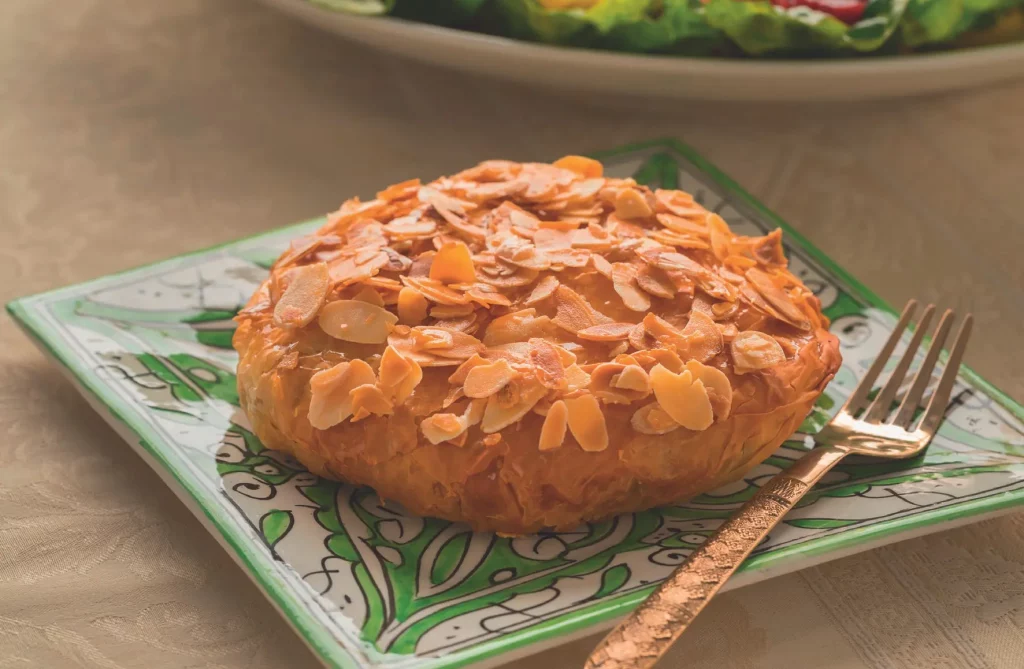
Morocco’s culinary heritage embraces the deep-rooted traditions and cultural variety of the country. Couscous, Tajine, Pastilla, Mrouzia, and R’fissa are some of the emblematic dishes of the country that are delicious and are impossible to resist. Subtly composed of a wide variety of striking flavours and scents, Moroccan cuisine draws its originality from a combination between Amazigh, Arab-Andalusian, Jewish, African, and Mediterranean culinary traditions. Thanks to its rich cultural heritage specific to each region, Morocco has built an undisputed reputation worldwide.
Food from the colourful souks of the medinas with its markets, street-food stalls and cafes do not only serve delicious feasts but are a fantastic way to explore the bustling cities. A pure delight for the senses as you wander round the enchanting stalls of spice sellers which form a striking spectrum of colours, the red of paprika, the yellow of turmeric and the green of aniseed all with their distinctive aromas, beautifully presented in woven baskets. A hypnotising sensory feast that will enchant any traveller.
Eating out is one of the highlights of Marrakech, the place to start is the lively and teeming Djemaa el-Fna square, which every evening sees up to a hundred food stalls set up serving up a plethora of delicious Moroccan street food. Watching the dyers work in the Dyers Souk is one of the highlights of the medina, and the nearby Souk Talaa has an equally colourful selection of street-food stalls.

